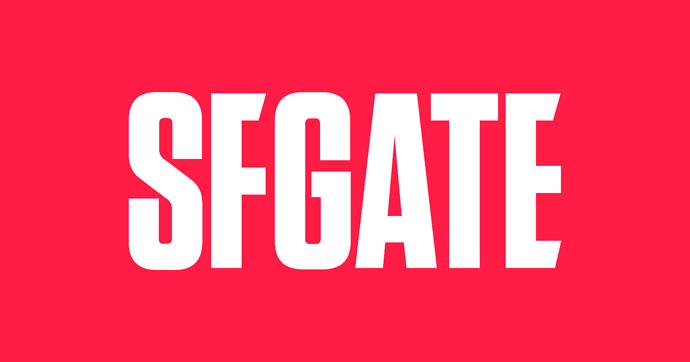First, Laube thought very highly of the 2001 vintage both on release and on re-tasting.
Second, he explained why he rated some wines so poorly. It was not because he opened a bottle and it was crap. It was because he had planned to do so to bring attention to the TCA problem at a few wineries, most famously Beaulieu Vineyards. It was something he had been stewing over for at least five years and he made that clear when he released those scores. As you no doubt remember from his comments at the time and the responses from the wineries at the time, he felt that they had repeatedly ignored the issue, whereas they felt that they were addressing it.
I happened to talk to a number of people from BV at the time and they were very upset because they felt that they had been very forthright in acknowledging the problem prior to Laube’s “announcement” and felt that he was unfairly claiming credit for uncovering something that was not covered.
The TCA problems obviously had nothing to do with the vintage, which probably would have been scored higher if not for the pent-up frustration over TCA.
I’ve had a number of 2001 wines from both wineries that I was able to pick up really cheaply because of Laube, so I’m grateful to him. Only one or two were corked, most were just fine.
People can detect TCA at parts per trillion, even under 1.5 ppt. People’s ability to detect it varies considerably, but apparently Laube is one of the sensitive types.
It wasn’t just BV or Montelena - for example, Laube told Hanzell that they had a TCA problem as well. They said that they had heard no complaints from anyone but just to be sure, they had 25 samples tested from their 2000 Chardonnay and 2001 Pinot Noir. Those results indeed showed TCA levels of 2.6 and 3.2 parts per trillion. Hanzell published the results.
I know what to expect when Laube likes a wine, as long as it’s a Cab or meritage type, or a Zin. It doesn’t matter because I don’t buy wine based on his assessments, but if I did, I would be able to gauge accordingly. Back to the 2001s - he should have rated them but indicated that he found a high percentage of corked wines, rather than awarding a 69 to make a statement.
